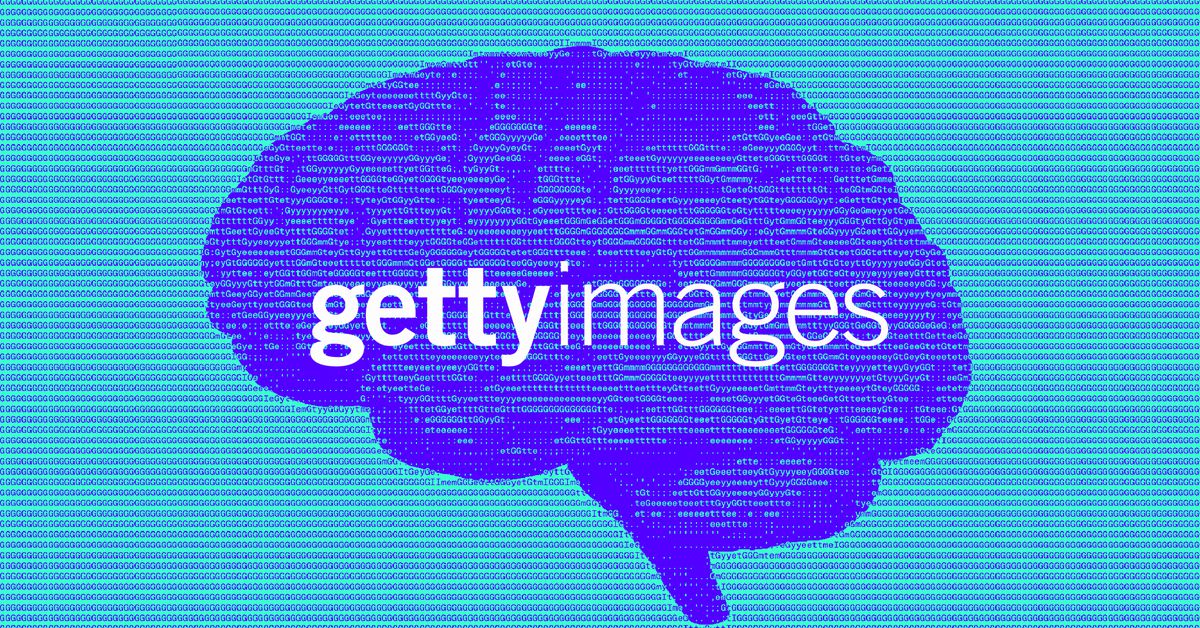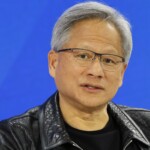Getty Images and Nvidia are strengthening their AI partnership through the launch of Generative AI by iStock, a text-to-image platform tailored for creating stock photos.
Generative AI by iStock expands on Getty’s initial foray into AI graphic technology, Generative AI by Getty Images. The key difference lies in the target audience, with iStock’s platform catering to individual or single-seat users, in contrast to Getty Images, which primarily serves multi-user enterprise solutions.
Powered by Nvidia’s Picasso architecture, Generative AI by iStock leverages insights from Getty’s creative repository and iStock’s proprietary photo collection. Importantly, it refrains from drawing on Getty’s editorial image library to avoid potential copyright issues or recognizable figures.
According to Grant Farhall, Getty’s chief product officer, Generative AI by iStock is geared towards small and medium-sized businesses seeking access to stock images efficiently.
Farhall explains, “It streamlines users’ workflows, enabling them to procure specific photos they require, even those unattainable through conventional photography methods.” For instance, if someone needs visuals depicting climate change, they can utilize Generative AI by iStock to generate an image of penguins strolling down a city street, eliminating the need to hire a photographer or locate a penguin colony.
The pricing model is set at $14.99 for 100 prompts, with each prompt yielding four images.
Another notable distinction between Getty Images’ AI platform and iStock’s new offering pertains to legal protection. While Generative AI by Getty Images provides unlimited indemnity, iStock’s program offers coverage up to $10,000 per asset, mirroring its existing library terms. Similar to Getty’s initial AI initiative, customers can engage in a revenue-sharing arrangement based on Getty’s standard licensing model.
Additionally, the program introduces innovative Inpainting and Outpainting features. Inpainting allows users to select an area within an image and seamlessly replace it with a person or object from a diverse dataset. On the other hand, Outpainting expands images by filling in new regions to accommodate various aspect ratios.






